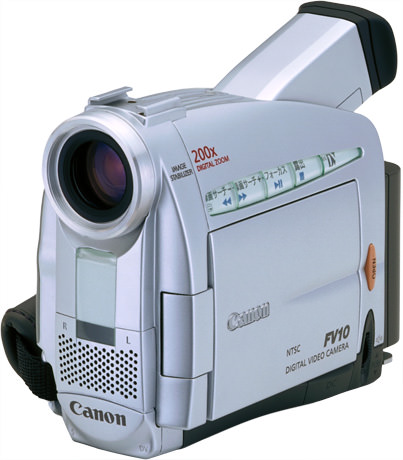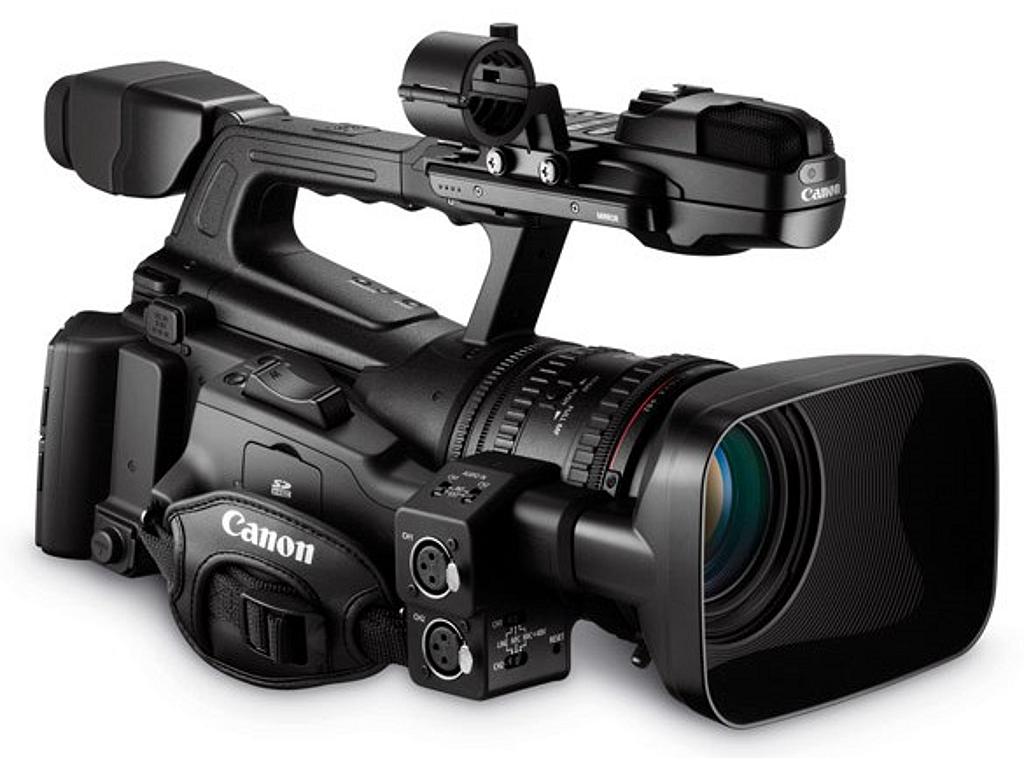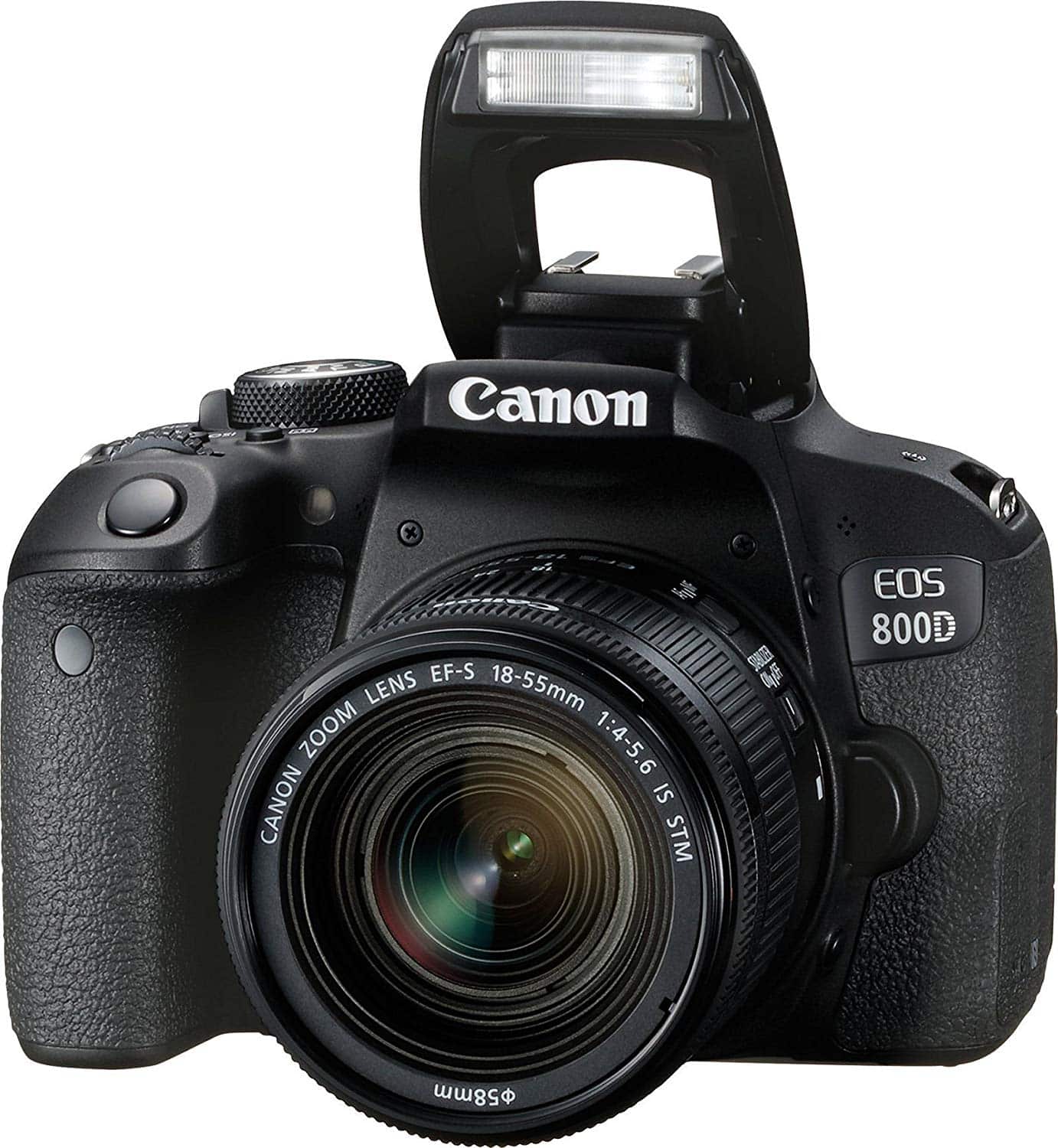
The advances in digital cameras and digital video camcorders have been breathtaking since the mid ‘90s.
#Canon digital video camera series#
The TS-E series lenses are the only interchangeable lenses at the time for 35mm SLR cameras, which have tilt-shift operation with fully-electronic automatic diaphragm control system. Canon also introduced three TS-E lens series with auto iris by EMD. introduced in 1973, “tilt and shift” operation was possible only with large format cameras. “Shift” is achieved by shifting the front part of the TS-E lenses.īefore Canon TS35mm f/2.8 S.S.C. It eliminates the tapering off of the building to make a natural expression of the images in the picture, correcting perspective distortion.

Shifting of the optical axis from the center of the film plane makes it possible to correct or enhance perspective distortion.

This operation is called “tilt”, which is achieved tilting the front part of the TS-E lenses. For example, if the optical axis is changed not vertical to the film plane or the plane of focus is swung not parallel with the film plane, the range of focusing can be controlled to deep or shallow focus without changing aperture. If relation between the lens optical axis and film plane is changed, special effects on images can be obtained. The lens optical axis and film plane center are alignment and the optical axis is vertical to the film plane in case of ordinary lenses. However, EF300mm f/4 L IS USM has “IS Mode 2″ to stabilize finder images at panning shots of moving subjects. Normal image stabilizing is suitable for shooting of stationary subject. The vibration detecting gyro sensor detects the level of camera shake and the actuator moves a part of the optical system (IS lens group) vertically to the optical axis depending on the degree of camera shake, to stabilize the image on the film plane. However, under low-light conditions or with slow film, a slower shutter speed will be required, resulting in image blur for handheld shots.Ĭanon started development of IS (Image Stabilizer) technology in 1980s and introduced EF75-300mm f/4-5.6 IS USM in 1995, the world’s first interchangeable lens for 35mm SLR with a built-in image stabilizer. Normally, a shutter speed at least as fast as the reciprocal of the lens focal length, (1/focal length) sec., can prevent a blurred image due to camera shake. The “EOS-1V,” as a leading edge AF SLR camera worthy of the new century, attracted great attention within the camera industry and beyond.Ĭamera shake is a major cause of blurred image especially with telephoto lenses. With its numerous state-of-art technologies, the “EOS-1V” won the Grand Prix at the Photo-Journalists Club’s 17th Annual Camera Grad Prix.

The “EOS-1V” had 20 Custom Functions to allow detailed operational settings according to user’s needs. With the application of “thixo-molding,” an advanced molding technology that combines metal die casting with plastic injection molding technology, Canon succeeded in producing curved body covers representing a synthesis of beauty and function, and at the same time making rigid and durable cover of magnesium alloy. To further improve the performance of the “EOS 3,” the refined high speed/high precision 45-point Area AF and 21-zone evaluative metering, other cutting-edge mechanisms were incorporated.

The “EOS-1N,” which was chosen for photo-opportunities all around the world by amateurs and professionals alike, was reborn in April 2000 as the “EOS-1V.” Developed with the goals of an even faster and more precise AF mechanism, high-speed continuous shooting, and high reliability based on proven rigidity, the “EOS-1V” was equipped for high-speed continuous shooting up to 9 frames per second with the power booster.


 0 kommentar(er)
0 kommentar(er)
